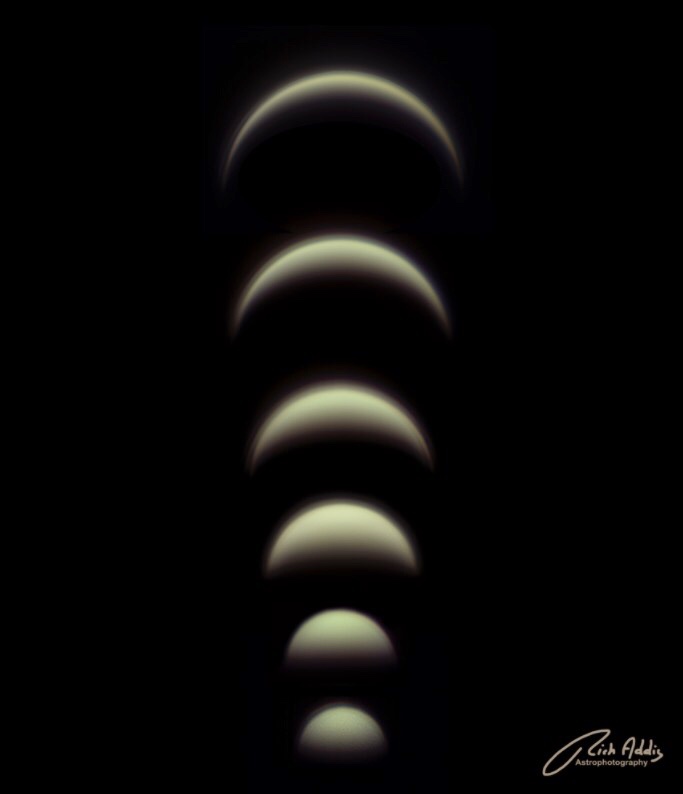金星的蛾眉位相
2023年8月26日 Crescents of Venus Image Credit & Copyright: Roberto Ortu Explanation: Just as the Moon goes through phases, Venus’ visible sunlit hemisphere waxes and wanes. This sequence of telescopic images illustrates the steady changes for Venus during its recent 2023 apparition as our ev […]



